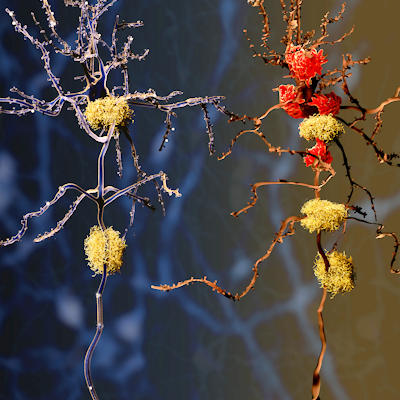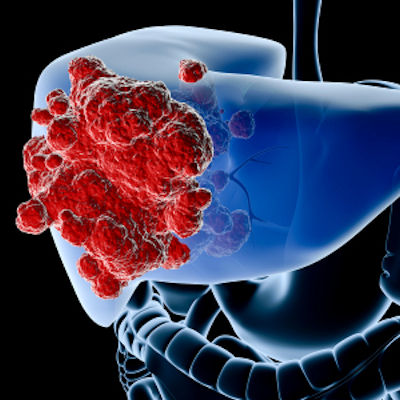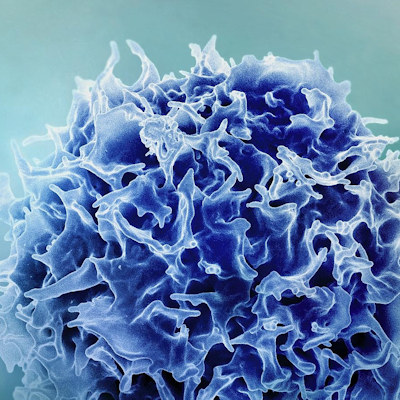 Genomics AI firm Genomenon acquires Boston Genetics
Genomics AI firm Genomenon acquires Boston Genetics
Genomenon on Tuesday said that it has acquired the genomics interpretation and curation firm Boston Genetics. Read More
 President Biden launches $50M initiative to improve cancer outcomes in low-income areas
President Biden launches $50M initiative to improve cancer outcomes in low-income areas
The Biden-Harris administration on Monday awarded $50 million to launch the Persistent Poverty Initiative which aims to alleviate the effects of persistent poverty on cancer outcomes in low-income areas. Read More
 3D cellular models identify potential drug target for preventing Alzheimer’s
3D cellular models identify potential drug target for preventing Alzheimer’s
A 3D cellular model has shown that mutations affect neuronal development and may play a large role in the emergence of Alzheimer’s disease. Read More
 Gene mutations linked to drug-resistant liver cancer
Gene mutations linked to drug-resistant liver cancer
Certain gene mutations could serve as markers to help physicians predict which patients with hepatocellular carcinoma are most likely to develop resistance to the drug lenvatinib. Read More
 Asep gets Canadian grant for development of peptide-based drug delivery vehicle
Asep gets Canadian grant for development of peptide-based drug delivery vehicle
Asep Medical announced Friday that it has been awarded a grant by the NanoMedicines Innovation Network (NMIN) to develop a nanoparticle-formulated peptide solution as a drug delivery vehicle for treating chronic sinus infections caused by biofilms. Read More
 Stem cell-derived islet cell therapy shows promise for individuals with type 1 diabetes
Stem cell-derived islet cell therapy shows promise for individuals with type 1 diabetes
An ongoing clinical trial for patients with type 1 diabetes (T1D) demonstrated the potential of stem cell-derived islet cell therapy, called VX-880, as a future treatment option for patients with type 1 diabetes (T1D), the American Diabetes Association (ADA) said on Friday. Read More
 Potential treatment for rare autoimmune disorder adapted from CAR-T therapy in study
Potential treatment for rare autoimmune disorder adapted from CAR-T therapy in study
Evidence from a small-scale clinical trial suggests that a variation of the blood cancer immunotherapy chimeric antigen receptor T-cell (CAR-T) could be adapted to treat myasthenia gravis (MG), an autoimmune disorder of the nervous system. Read More
 Biotech firm AltPep closes $53M Series B financing round
Biotech firm AltPep closes $53M Series B financing round
AltPep, a biotech firm developing early detection tests and disease-modifying treatments for amyloid diseases, on Friday announced the closing of a $52.9 million Series B financing round. Read More
 FDA approves first gene therapy for treatment of certain patients with Duchenne muscular dystrophy
FDA approves first gene therapy for treatment of certain patients with Duchenne muscular dystrophy
The U.S. Food and Drug Administration (FDA) on Thursday approved Elevidys, the first gene therapy for the treatment of pediatric patients 4 through 5 years of age with Duchenne muscular dystrophy (DMD). Read More
 Rare disease discovered after scientists probe cause of inflammatory symptoms
Rare disease discovered after scientists probe cause of inflammatory symptoms
Researchers have discovered a rare disease by running genetic, immunologic, and molecular assays in four patients. Read More
Member Rewards
Earn points for contributing to market research. Redeem your points for merchandise, travel, or even to help your favorite charity.
Research Topics
Interact with an engaged, global community of your peers who come together to discuss their work and opportunities.
Connect
Tweets by @ScienceBoard



